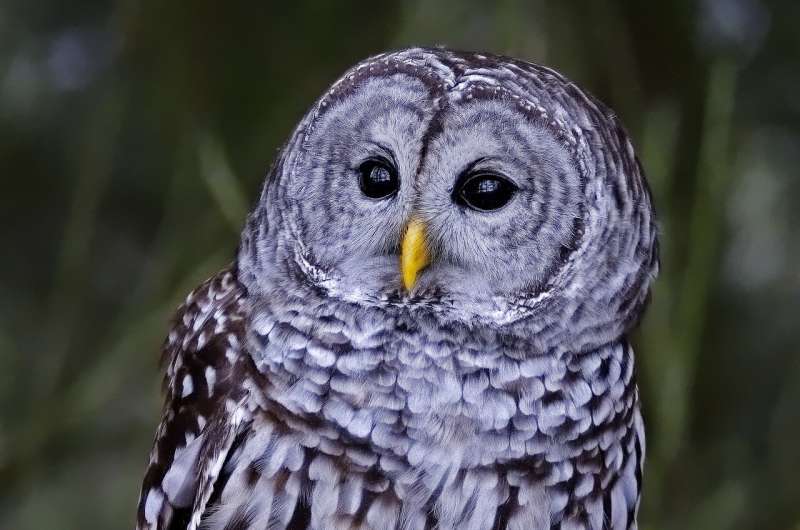The once common Golden-winged Warbler now has one of the smallest populations of any songbird not on the Endangered Species List. An estimated 400,000 breeding adults remained in 2013—a drop of 66 percent since the 1960s, based on Breeding Bird Survey numbers. This survey, which focuses on males singing on territories, began in 1966; we have no comparable data to fill in what happened with populations before that year.
In the Appalachian Mountains, where the number of individuals counted on each Breeding Bird Survey Route was very high when the Survey began in the 1960s (almost 3 counted on average per survey route), the situation is beyond critical: the regional population there has fallen by 98 percent.
If the species had a “surplus population” with any uncounted “floaters,” (males not singing because they didn’t hold a territory), they’d already disappeared before the dramatic declines shown on Breeding Bird Surveys.



In 1966, New Hampshire numbers of Golden-winged Warblers were quite low–whether they had been in previous decades can’t be determined. Their numbers were relatively high in 3 individual years of the Survey, but each of those was a genuine outlier.

Pennsylvania reaches fairly far west for an Eastern Seaboard state. Golden-winged Warbler numbers were more robust at the start of the Breeding Bird Survey, but have declined dramatically.

New York State’s numbers started lower than those of Pennsylvania, and the decline has been quite steady.

Michigan’s Golden-winged Warbler population was comparable to Pennsylvania’s in 1966, and the downward trend was very similar.

In 1966, Wisconsin’s population was about at the level of that in the Appalachian Mountains. The decline was less noticeable in the early 70s, but since then the decline has been quite noticeable.

Minnesota, the state at the western end of the Golden-winged Warbler’s range, has the most robust population of them right now, with no show yet of a decline.

In Ontario, at the northern end of their range, numbers have been fairly steady.

Manitoba used to be further north than Golden-winged Warblers reached. Might they be extending their range north with climate change? Or might it be changes in forestry practices?

Laura Erickson
Laura Erickson, 2014 recipient of the American Birding Association’s prestigious Roger Tory Peterson Award, has been a scientist, teacher, writer, wildlife rehabilitator, professional blogger, public speaker, photographer, American Robin and Whooping Crane Expert for the popular Journey North educational website, and Science Editor at the Cornell Lab of Ornithology. She’s written eight books about birds, including the best-selling Into the Nest: Intimate Views of the Courting, Parenting, and Family Lives of Familiar Birds (co-authored by photographer Marie Read); the National Outdoor Book Award winning Sharing the Wonder of Birds with Kids; 101 Ways to Help Birds; The Bird Watching Answer Book for the Cornell Lab of Ornithology; and the National Geographic Pocket Guide to Birds of North America. She’s currently a columnist and contributing editor for BirdWatching magazine, and is writing a field guide to the birds of Minnesota for the American Birding Association. Since 1986 she has been producing the long-running “For the Birds” radio program for many public radio stations; the program is podcast on iTunes. She lives in Duluth, Minnesota, with her husband, mother-in-law, licensed education Eastern Screech-Owl Archimedes, two indoor cats, and her little birding dog Pip.

Leave a Reply